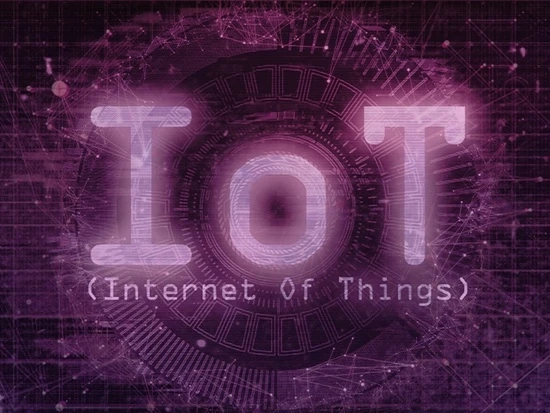IoT devices have transformed the way people engage in their day to day life. It has hastened the business processes making things better. The insurance industry has particularly sensed the impact of leveraging IoT devices. IoT insurance has helped insurers quickly assess the price, limit risks and other potential implications for the industry.
Progressing at a CAGR of 40% (predicted throughout 2021-2026), the Internet of Things insurance market is one of the fastest-growing markets in the IoT global industry. It operates by the innovative insurance models and is expected to grow with the growing adoption of digital devices. Insurance firms are rapidly piloting, testing, deploying IoT initiatives.
IoT insurance industry has widened potential and offered multiple benefits to the people engaged in the insurance sector. Across the insurance sector, IoT promises to substantially reduce losses and transform the relationship with policyholders. It allows insurance providers to provide value-added services, that can lead to a closer, more proactive relationship with policyholder while generating new sources of revenues.
It offers advantages across the organization. To actuaries and underwriting, IoT insurance provides rich new data to more accurately assess and price risk. From a claims perspective, IoT can power automated loss notification based on sensor data. Further, it brings opportunities for unprecedented insights into customer behavior for marketing executives.
Here are the distinguishing features and advantages of IoT insurance:
Allow Data-Driven Decisions - IoT enables insurance providers to make data-driven decisions. It helps insurance companies in minimizing paperwork and get through the process effectively. Its biometric sensors help in calculating risks, adjusting necessary policy changes.
Data Personalization - Internet of Things connected devices circulate customer’s data at deeper levels, creating powerful bonds that are customizable. Moreover, it helps in fraud detection, recommends personalized products and creates accurate estimates.
Analogy and Recommendations - Combining intuition with potential recommendations it helps insurers know what customers are looking for and when.
Reduce Insurance Premium - IoT insurance helps insurance companies in minimizing the rate of their premiums by 25%.
Manage Data Loss - IoT connected devices help handle many data losses, reduce the number of claims, lower insurance prices for customers.
Facilitate Data Collection - It makes it easy for insurance companies to collect IoT devices. This helps monitor claimants’ profile and recommend products and policies based on that data.
IoT Insurance Industry Challenges
IoT insurance has several benefits to offer but is often accompanied by challenges. Its widespread adoption will come about when the industry overcome the following challenges:
1. Shifting from existing insurance business models: Insurance executives are in dilemma with the emergence of IoT. Though it offers insurers benefit on risk mitigation and lower claims but the competitive nature of the insurance industry means that fewer losses will lead to lower premiums over time. Hence insurers have to witness shrinking revenue. Where the ability to create new, revenue-generating services from IoT is not certain, the potential of IoT-based insurance services should help drive its adoption.
2. Data Management: Insurance Industry heavily rely on historical data from policy administration solutions, claims management applications and billing systems. Newer, bigger data sets from IoT sources add a new dimension. The challenge in this is to process this explosion of data on time to make the right business decisions. Moreover, many insurance companies struggle to process and analyze even traditional data. To combat the challenges raised by big data volumes generated by IoT requires an enterprise data management strategy.
3. Data Security and Fraud: As IoT is becoming popular, it will attract more potential for cyberSUBMIT GUEST POSTattacks and fraud. The new IoT based products that insurers propose are also likely to lead to new types of application and claim fraud. As a result, insurers need to invest more heavily in IoT data security and fraud protection.
Realizing the full potential of the IoT insurance industry and the challenges, its early exploitation is providing positive results. It makes it easy to predict and prevent losses early. Implementation of IoT solutions is helping insurance organization overcome industry obstacles to embrace change and capitalize on uncertainty.


